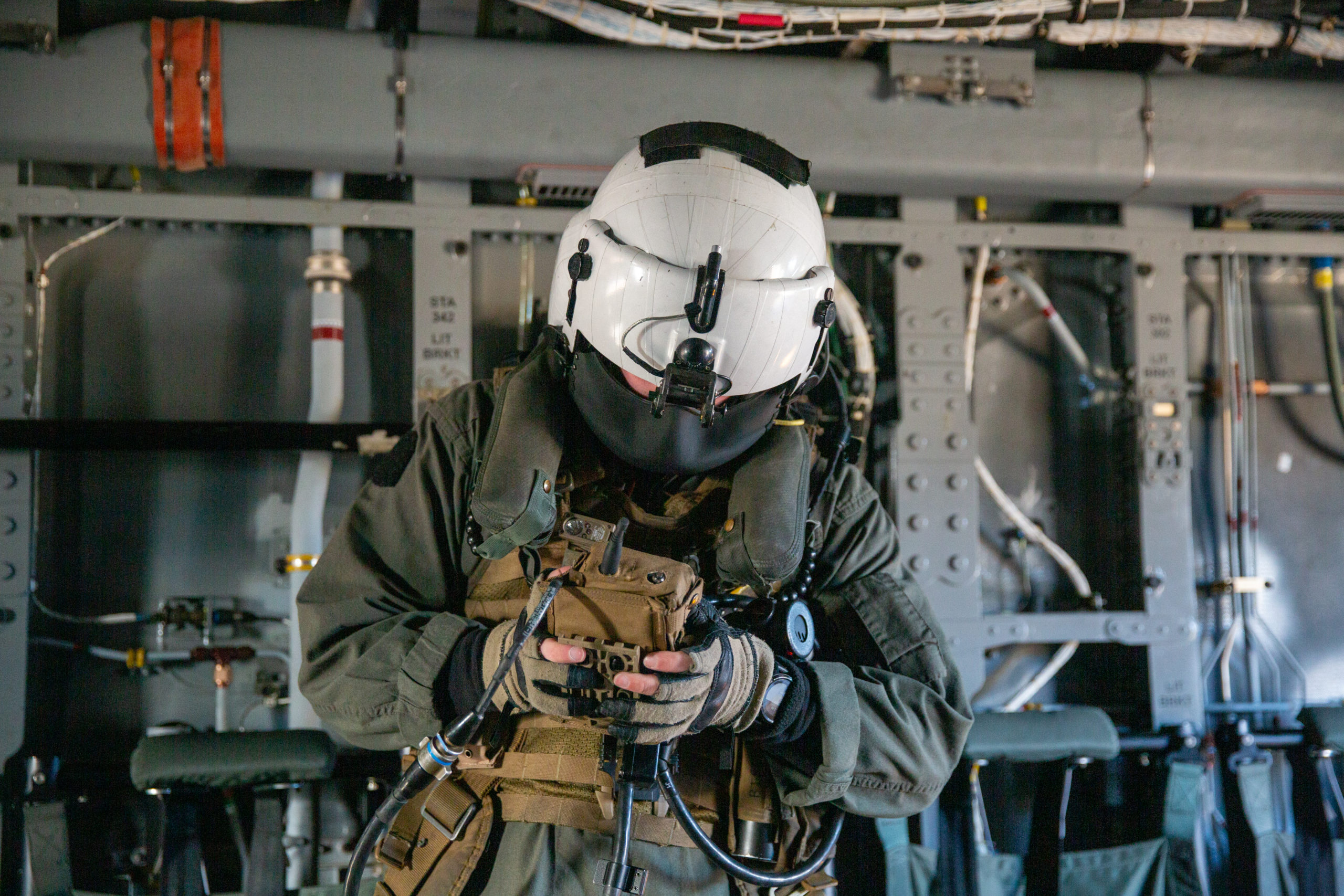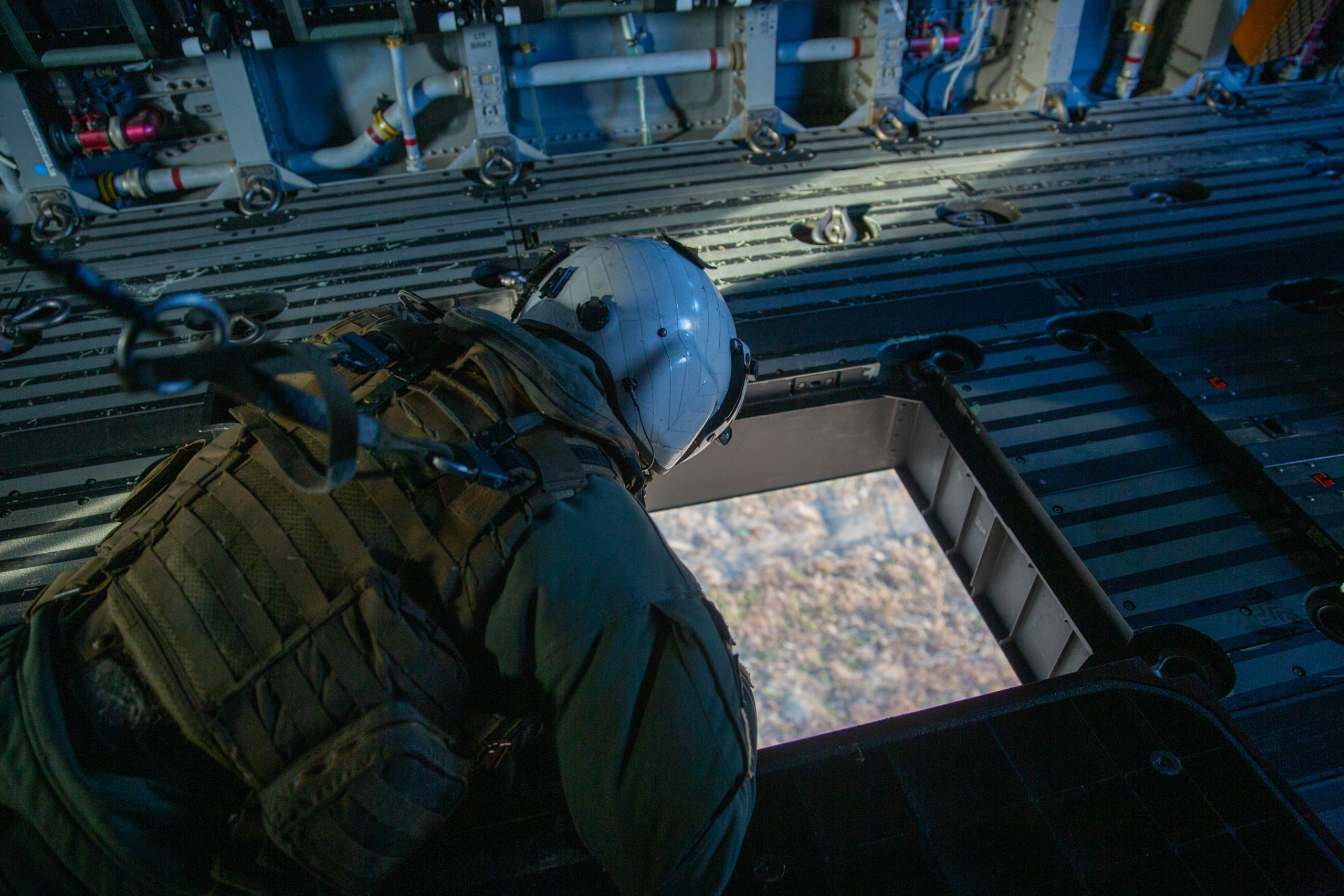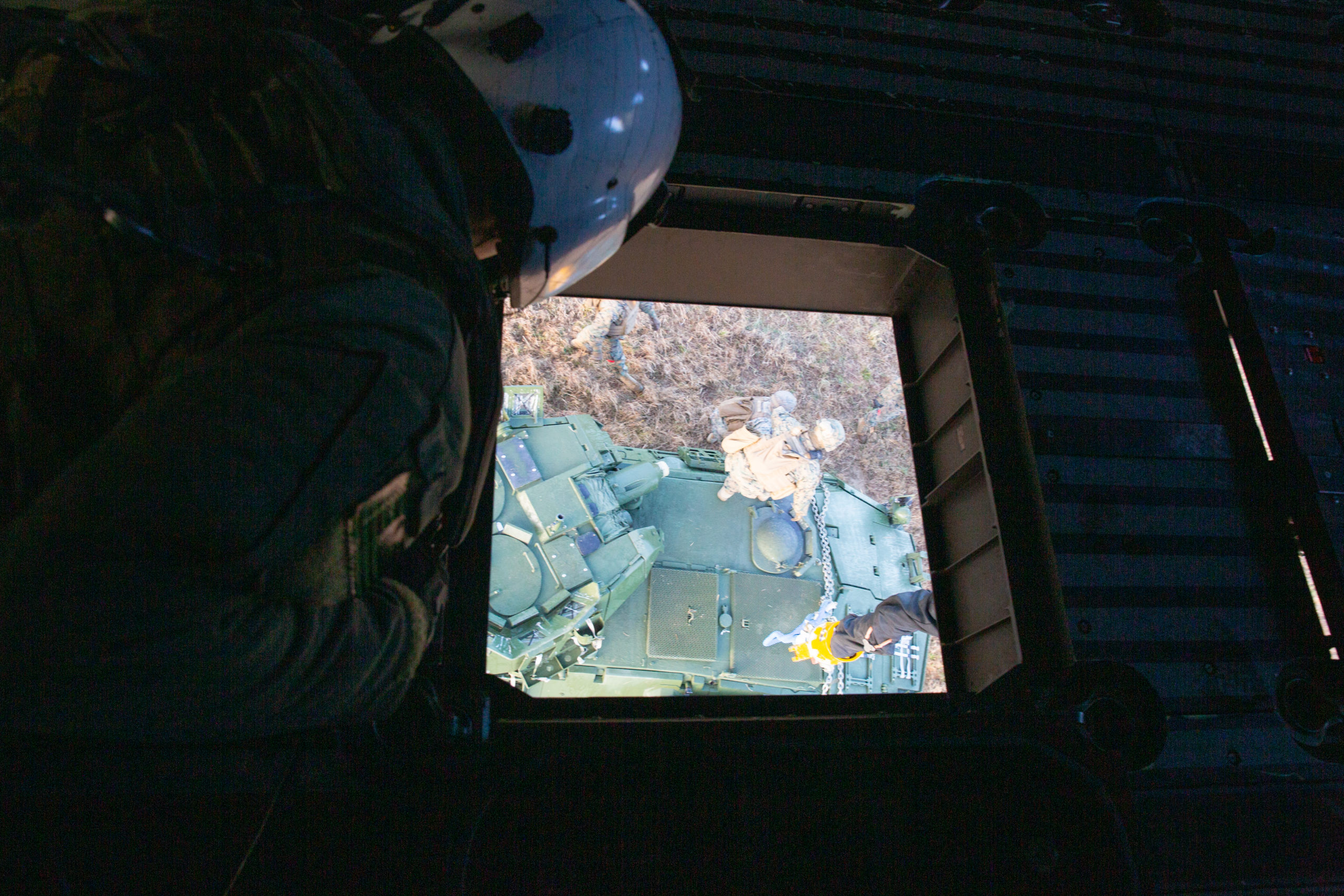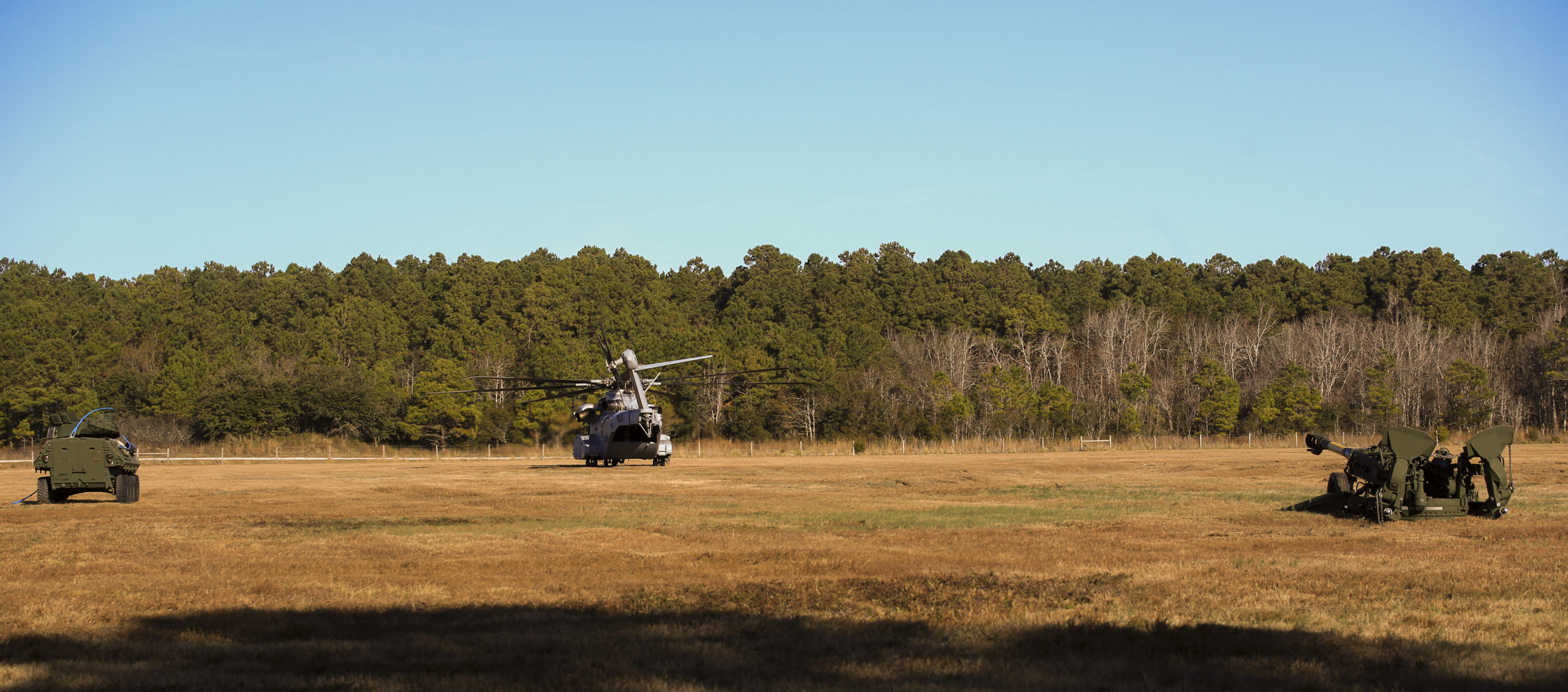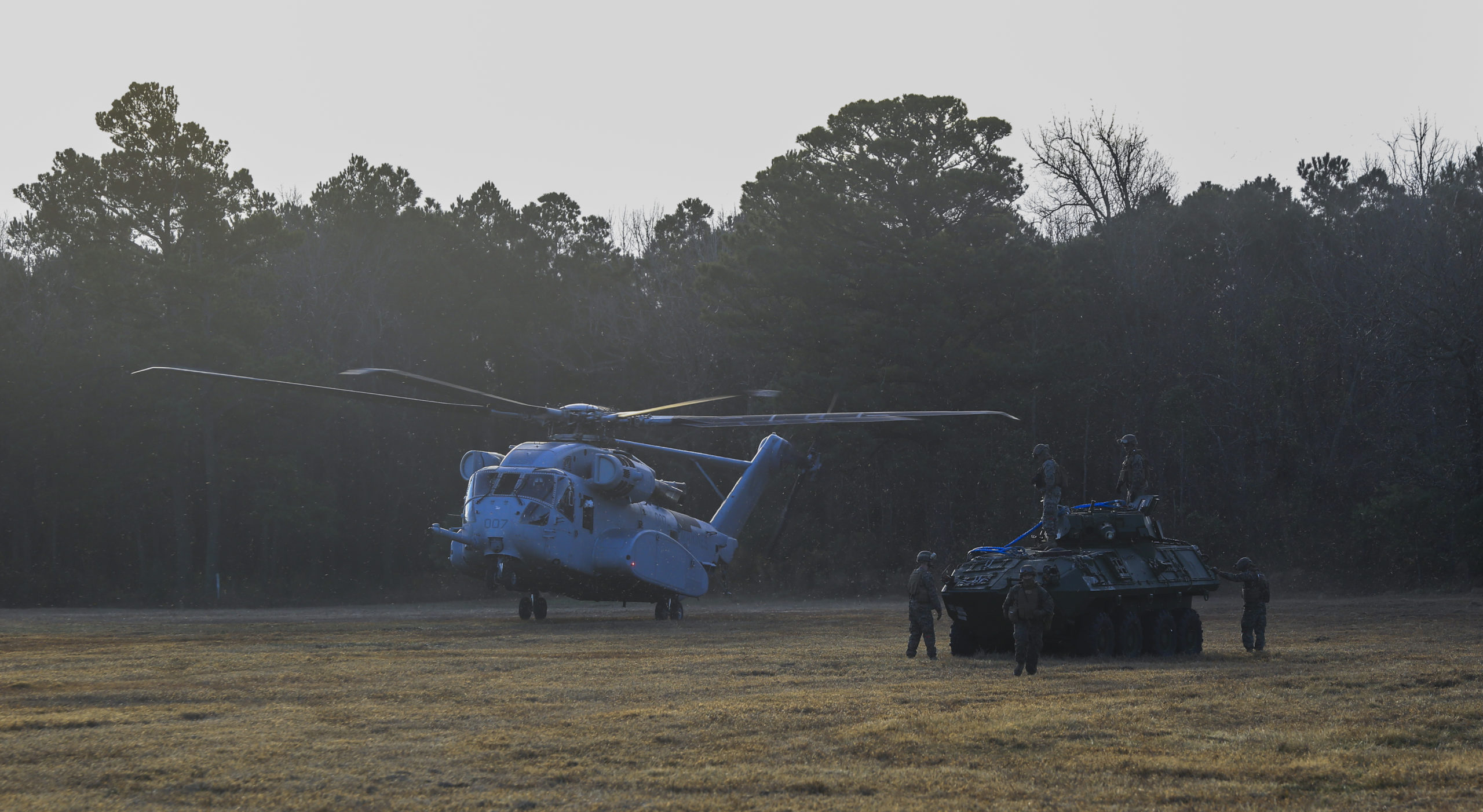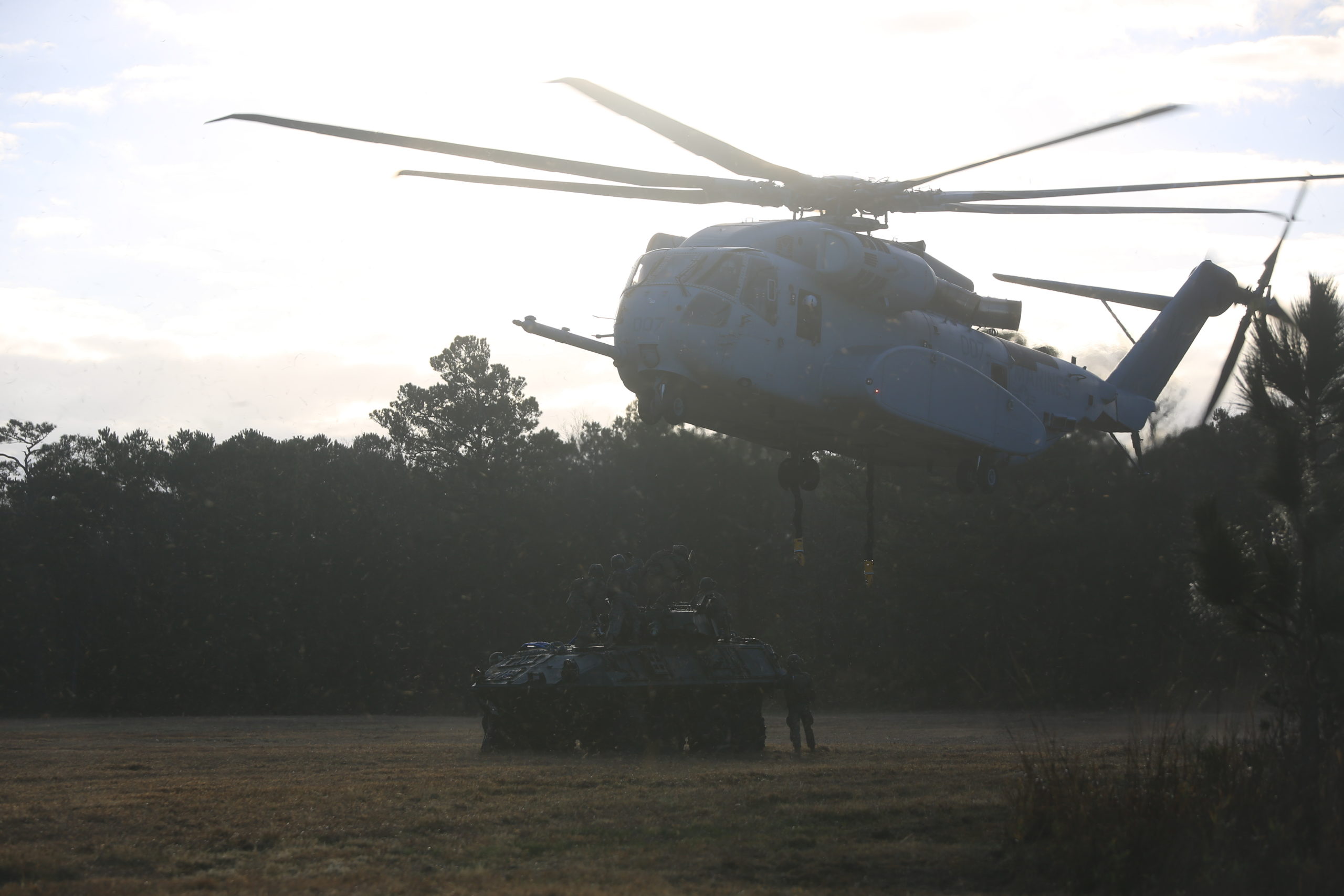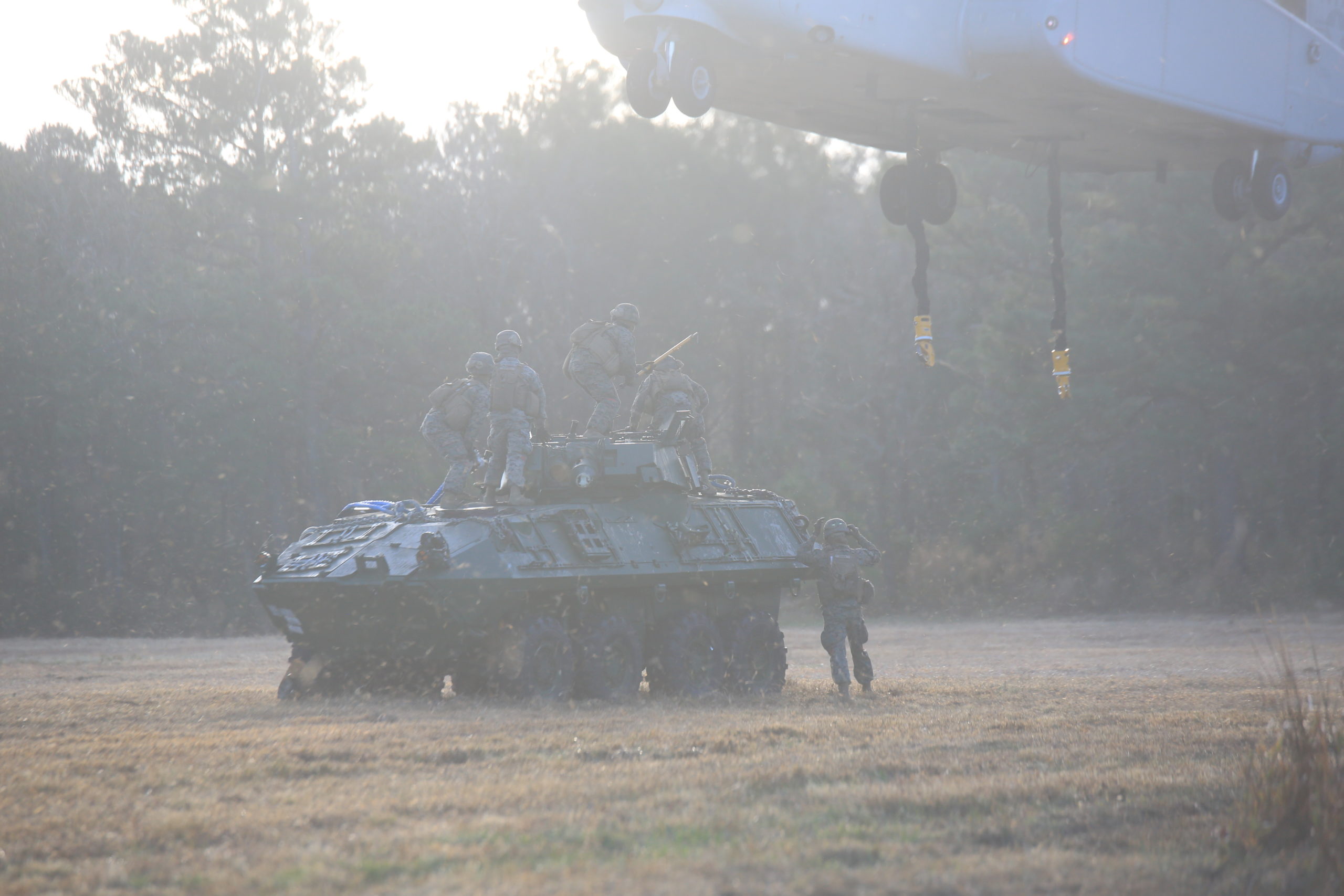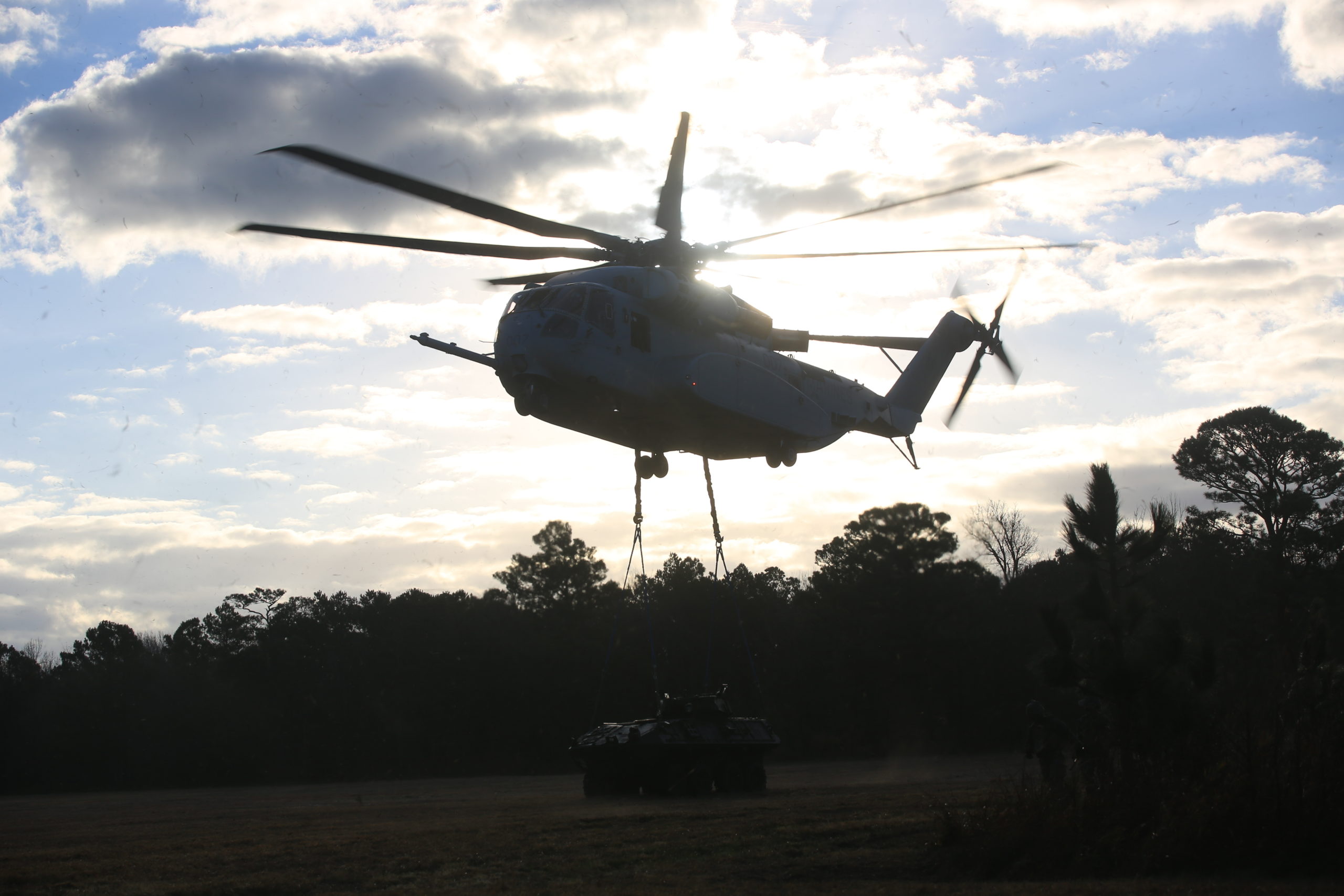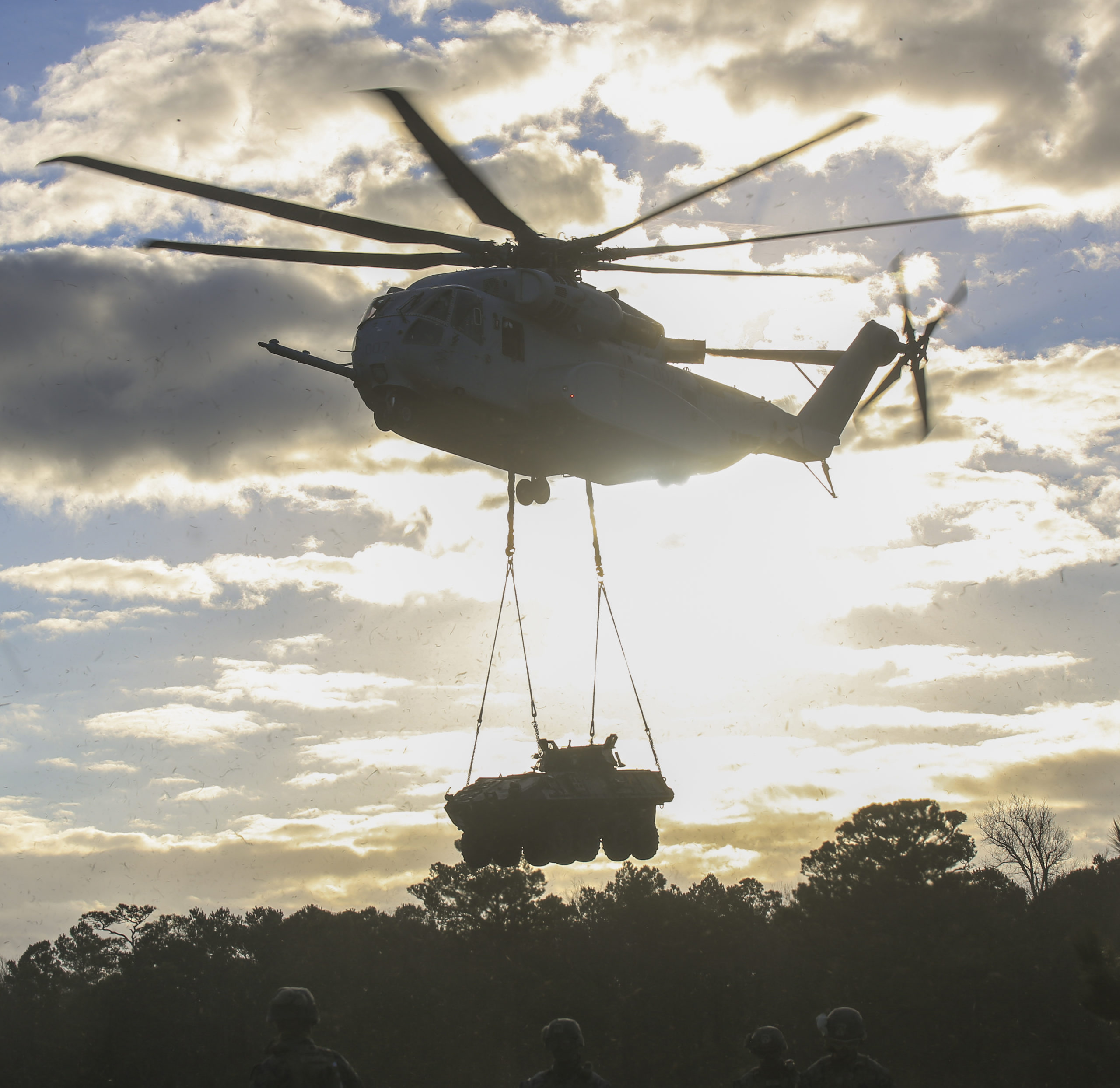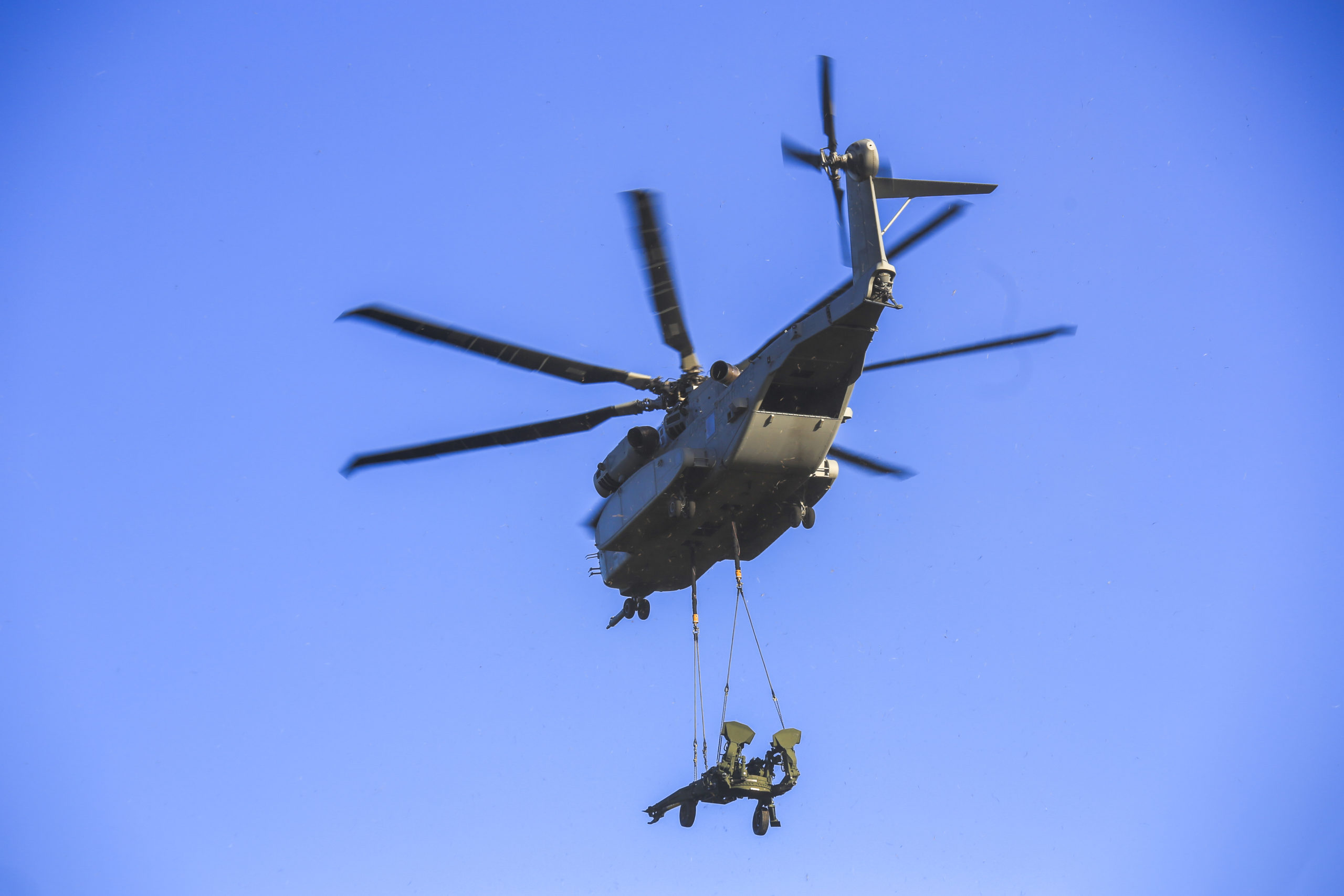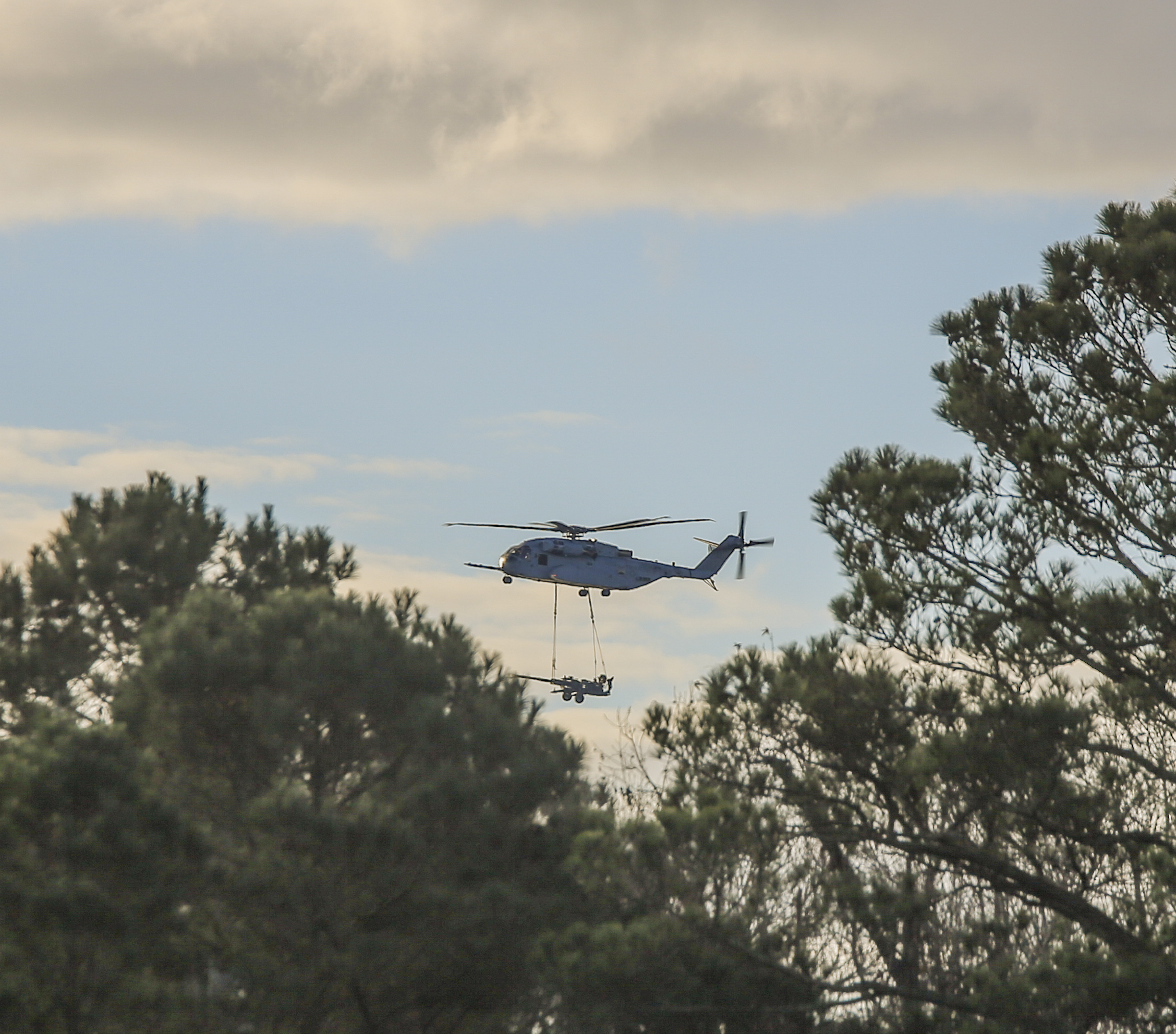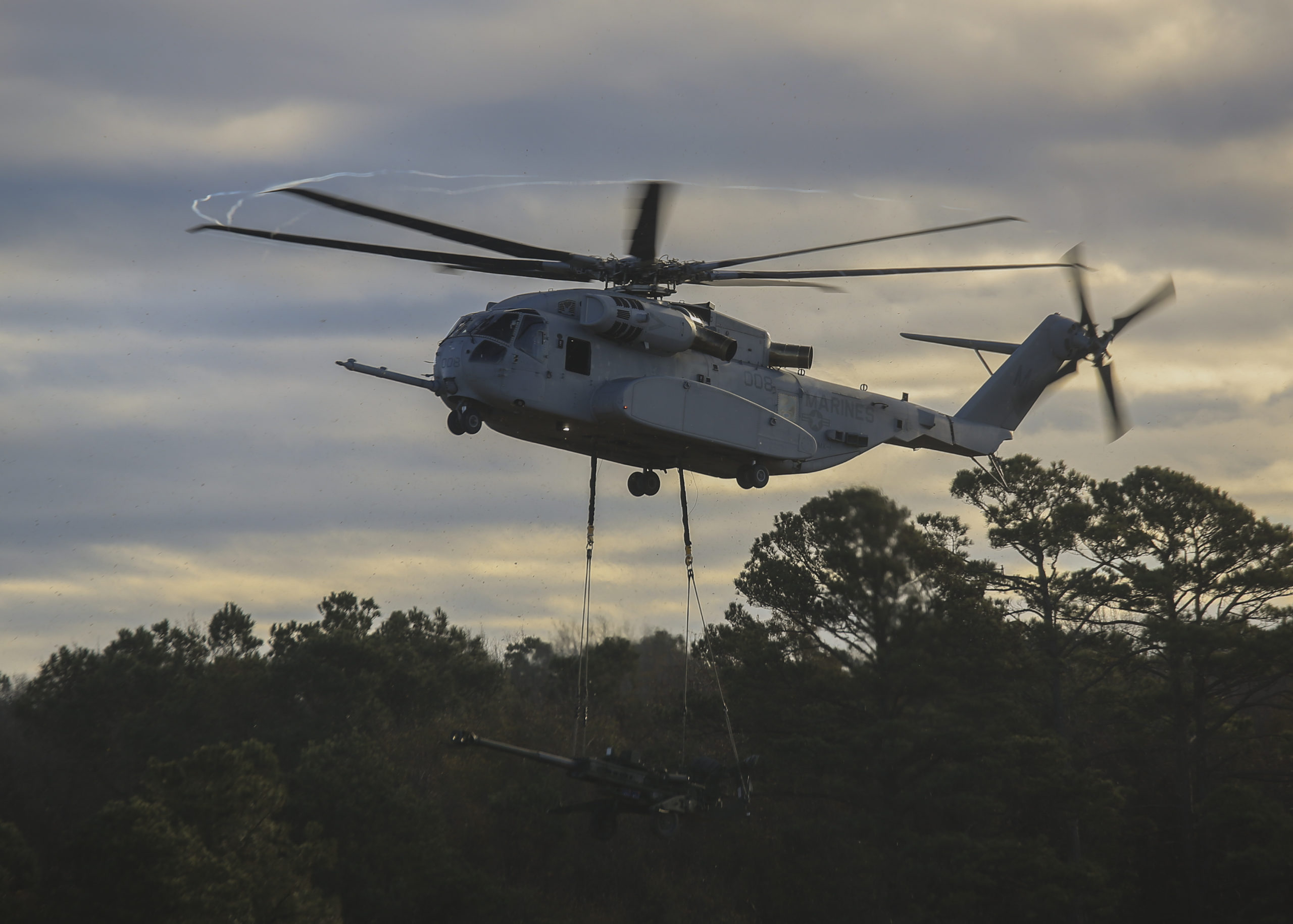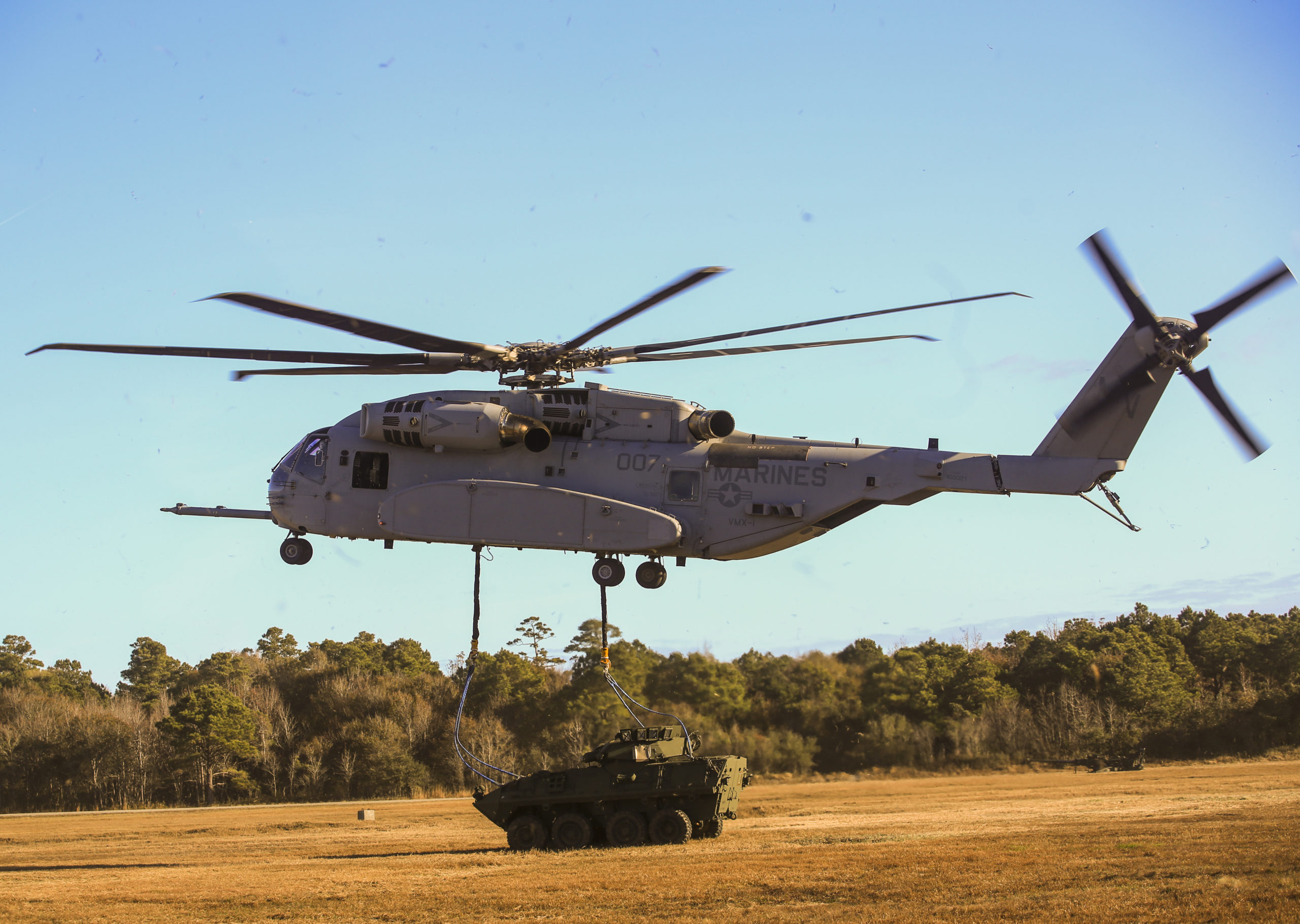By Pierre Tran
Paris – UK prime minister Boris Johnson needs to face up to geopolitical reality and forge strong links with the European Union, and accept Global Britain is little more than a “title in search of a plot,” said a report from the European Council on Foreign Relations, a think tank.
Johnson would do well to work with the EU, an important geographical neighbor, rather than rely on notions of a national identity forged from former greatness, said the report, titled Beyond Global Britain: A Realistic Foreign Policy for the UK.
A “preoccupation with the second world war,” exemplified by when the UK stood alone in 1940, underpinned the Brexit campaign, but denied the economic reality of a forecast four percent drop in gross domestic product due to leaving the EU, the report said.
The ECFR report was presented here Dec. 16 at a seminar with French government officials, European diplomats, and officials of French think tanks.
Meanwhile, Johnson’s Conservative party took Dec. 19 a resounding hit with the unexpected resignation of David Frost, a minister charged with negotiating with the EU in the wake of Brexit, reported to be “the prime minister’s man.”
Frost resigned in dispute with government policy on anti-Covid measures and tax increase, with foreign minister Liz Truss taking up the Brexit brief.
That departure of a top negotiator with the EU followed a political setback for Johnson, with the Dec. 16 defeat of the Conservative party in a parliamentary by-election. A Liberal Democrat candidate won with a 34 percent electoral swing a parliamentary seat previously held almost 200 years by the Conservatives.
Johnson had “one more strike,” said a senior Conservative parliamentarian, as that local election had been a referendum on the prime minister seen to be leading a government mired among political charges of alleged corruption and deceptions, including Christmas parties held last year at Downing Street, the office of the prime minister, when a lock down forbade social events.
Such setbacks are seen as weakening Johnson, who won his dream job on pledges he would unshackle Britain from the Brussels bureaucracy and deliver a great and sovereign nation.
Johnson’s Global Britain approach holds little place for the EU, the ECFR report said.
“The Johnson government seems to need perennial fights of a permanent Brexit, but this approach is eroding the UK’s capacity to cooperate with the EU on foreign and security policy,” said the authors, Jeremy Shapiro, research director, and Nick Witney, senior research fellow.
“Brexit has become more an ideology than a policy,” the report said. “But the ideology of permanent Brexit cannot suspend the laws of distance and strategy. The UK may have left the EU, but it cannot leave Europe.”
The UK as Junior Partner to the U.S.
Meanwhile, the U.S. is “self-absorbed” and looks to the Indo-Pacific and China, the report said. The UK would do well to work with the EU as an alternative to being junior partner in a special relationship that London claimed with Washington.
The UK would benefit from a balanced relationship with the EU and the U.S. in a triangle, the report said, rather than depend on goodwill of the latter.
“The best way to protect British interests is to triangulate between the EU and U.S. positions, the report said.
“The UK defense establishment remains deeply committed to America,” Witney said. “The aircraft carriers and, indeed the Royal Navy, often resemble subsidiaries of the U.S. navy.”
On the trilateral AUKUS agreement between Australia, the UK and the U.S., the report said the U.S. navy has great reluctance to share its nuclear propulsion technology, and U.S. and British nuclear power plants have evolved in significantly different ways since 1958 when the U.S. service shared its know-how with the UK.
The U.S. might prefer the British to supply nuclear propulsion for the Australian boats to protect their “doubtlessly more advanced” technology, the report said.
That AUKUS pact, which aims to pave the way for Australia to acquire nuclear-powered submarines, damaged close Anglo-French ties. The trilateral partnership led to Canberra canceling a plan to build French-designed diesel-electric boats for the Australian navy, a deal estimated to be worth some €30 billion ($34 billion).
As a result, France has put a hold on links with the UK, with Paris postponing assessment studies for European missile maker MBDA on the Future Cruise/Anti-Ship Weapon project.
French political support is needed for the study to go ahead, a source close to the deal said, while industry is ready.
The assessment study would seek to lower risk and look at concepts for increased stealth and greater speed for the missile, which would replace the Harpoon anti-ship weapon for the Royal Navy and Exocet for the French navy, as well the Scalp/Storm Shadow cruise missile for respectively French and British air forces.
The Royal Navy has put on hold a planned order for an interim weapon to plug a capability gap after retirement of the Harpoon in 2023 and the entry into service of FC/ASW in 2030. Time was needed to consider the long term prospects for FC/ASW, which could feature a hypersonic missile, rather than rush an order for an interim solution, Admiral Tony Radakin said, UK Defence Journal reported Nov. 6.
MBDA executive chairman Eric Béranger said March 31 the launch of assessment work on FC/ASW was one of the key events of this year, pointing up the importance of the 2010 Anglo-French Lancaster House treaty on cooperation in the arms industry.
Money Down the Drain
The UK’s military aerospace sector is a “key economic asset,” the ECFR report said, but much rides on the Tempest next generation fighter jet and whether it can compete with “a better-funded and more advanced effort conducted by France, Germany, and Spain.”
The British pursuit of the Tempest, partnered with Italy and Sweden, and the Future Combat Air System being developed by France, Germany and Spain are “a grotesque waste of European resources,” Witney said, pointing to a future repeat of competition between the Rafale and Eurofighter, and the prospect of two future European fighters.
On the FCAS project for a next generation fighter, the French armed forces minister, Florence Parly, told Dec. 14 the defense committee of the lower house National Assembly a contract for a technology demonstrator for the new fighter was expected to be signed in the first half of 2022.
“There are still some issues to be resolved,” she said. The main issue was there should be a prime contractor on specific domains, with a clear set of responsibilities for the contractor.
A demonstrator was expected to fly in 2027, she said, which might appear far off, but in reality there was little time as there was much work to be done.
Agreement was needed to sign contracts to launch phases 1b and 2 on the demonstrator, with a budget reported to be worth some €3.5 billion ($4 billion), funded by the three partner nations.
Looking for a Reset
The Sunday Times, a British paper, reported Nov. 20 senior aides of Johnson were drawing up plans for extending cooperation with France beyond the Lancaster House treaty, a new Entente Cordiale, to include nuclear testing, fighters flying from each other’s aircraft carriers, and cooperation in the Indo-Pacific region.
That article met with skepticism from French think tank officials at the ECFR seminar, pointing up that these ideas were not directly from Johnson and there had been little further press coverage.
Britain and France could not afford to wait until after the French April elections to hold talks, Georgina Wright, senior fellow and director of the Europe program at Institut Montaigne, said in a Nov. 24 article for the French think tank.
Both countries suffered from a lack of bilateral cooperation yet shared similar world views, she said. The U.S. and other partner nations expected the two countries to work together in their own region and elsewhere in the world.
“Complex geopolitical problems cannot afford strategic patience,” she said.
The AUKUS agreement made France more strategically alone, she said, and while the deal helped Britain in its Global Britain approach, more was needed to convince countries of the UK’s new role in the world.
“Finally, the longer the UK and France wait to hold talks, the more the gap will widen,” she said.
There have been no Anglo-French summits for two years, with political ties worn thin from tension arising from the new normal of post-Brexit disputes, including fishing rights in the Channel and trade across the border between Northern Ireland and the Republic of Ireland.
The next high-level meeting might take place late next year, as time was needed for a new French administration to settle down after the April elections, think tank officials said at the ECFR seminar. There was little chance of a summit before then, as president Emmanuel Macron prepared for the upcoming elections.
The EU as partner to the UK
The ECFR report, with opinion polls conducted by Datapraxis, showed the EU was seen as the UK’s most important partner, with 39 percent of respondents in favor of the EU, followed by 22 percent for the US, and six percent for Australia. China drew three percent, and Australia one percent.
Of allies and necessary partners, Australia led the field for allies with 61 percent and 18 percent for necessary partner; 34 pct saw the U.S. as ally and 43 percent as necessary partner, followed by Germany with 28 percent ally, 37 percent necessary partner. Twenty two percent saw France as ally, 36 percent as partner, while India drew18 percent as ally, 41 percent partner.
“Global Britain is a delusion,” the ECFR report concluded.
“But there is a foreign policy that can command the support of the British public and map out a secure and influential future for the UK. The real question is whether the British people will find a government with the wit and the will to seize the future.”
Featured Graphic: Photo 119099644 / Britain European Union © Florin Seitan | Dreamstime.com








